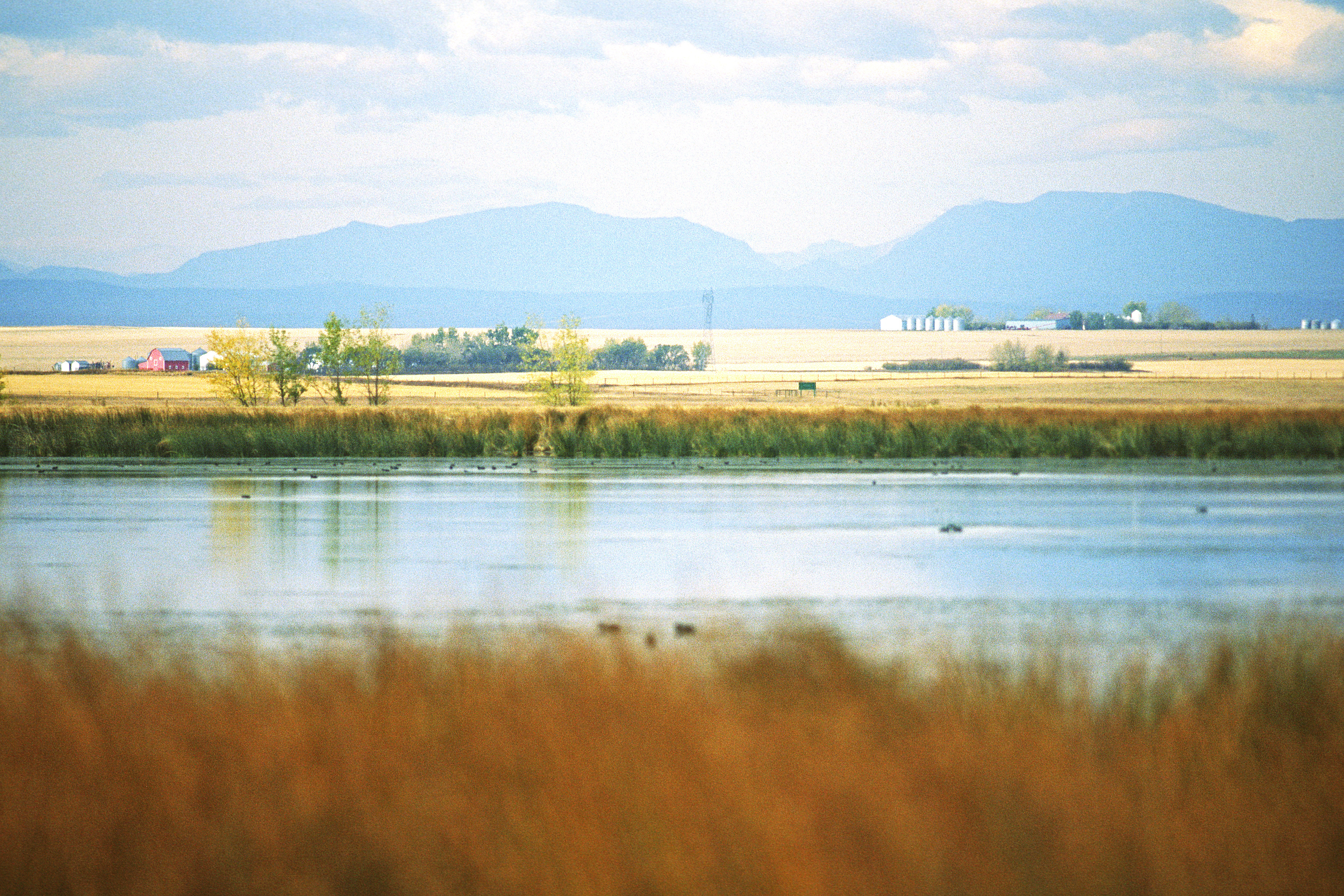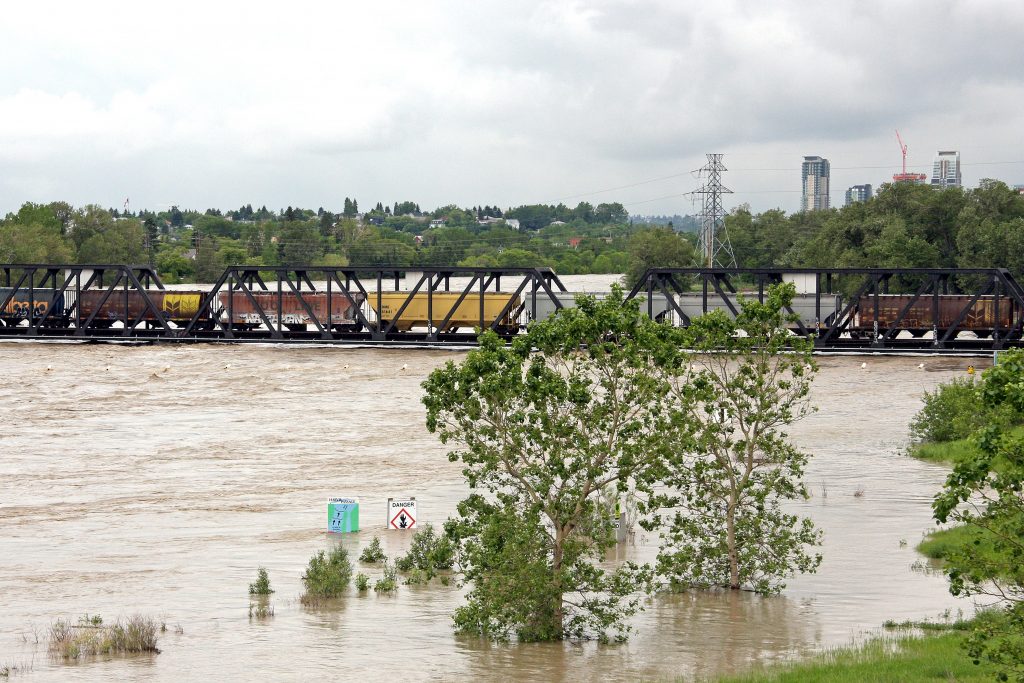Building with nature
Green infrastructure solutions that put the power of wetlands to work

Memories of the devastating floods that displaced thousands of Albertans in June 2013 are still vivid. Water-logged homes, washed out roads and millions of dollars in damages were left in the wake after heavy rains inundated the Bow River and South Saskatchewan River Basins. While recovery efforts were deployed quickly, experts say it’s only a matter of time until another extreme weather event hits.
Green infrastructure is a buzz word that’s beginning to infiltrate conversations among governments, conservation groups and others about how to make communities more resilient to disasters like floods. Tracy Scott, head of industry and government relations for DUC in Alberta, believes green infrastructure is essential. And wetlands, he says, are one of the most powerful elements that need to be put to work.
“Green infrastructure can reduce the risks of flooding, while providing many other environmental benefits,” he says. “Traditional built infrastructure such as dry dams or water treatment systems serve an important role but typically address only one issue. Green infrastructure, which includes natural areas, vegetation and wetlands, captures and treats stormwater at its source. It’s building with nature instead of concrete.”
Wetlands store water and slowly release it into surrounding streams and rivers by acting like natural sponges. They trap and hold water from rain, snowmelt and floodwaters and let it gradually percolate into the soil and groundwater. Beyond this, wetlands provide many other ecosystem services that are essential to human health and economic well-being. Wetlands filter pollutants from water, store carbon, replenish groundwater, reduce erosion and provide habitat for wildlife as well as places for people to enjoy the outdoors.
“Other types of flood control are not able to deliver the additional benefits that are provided by wetlands.” says Scott.
The problem is, many of Alberta’s wetlands have been drained or destroyed to make room for activities like agriculture, industry and development. The White Zone of Alberta, which contains the Bow River and South Saskatchewan River Basins, has lost approximately 64 per cent of its wetlands. According to Scott, restoring just two per cent of previously lost wetlands would be comparable to providing the storage capacity found in nearly three Glenmore Reservoirs.

© DUC
Science shows that conserving and restoring wetlands can help lower Alberta’s flood risk. But what about the cost? DUC calculated that wetland restoration compares favourably to engineered infrastructure like dry dams in terms of cost per cubic meter of storage. However, when you consider the full value of the other ecosystem services wetlands provide and the fact that wetlands do not require the ongoing maintenance that engineered infrastructure requires, the financial case for wetlands is clear.
Albertans can’t afford to continue rebuilding their lives and livelihoods. Investing in wetlands is one of the best things we can to do ensure the health and prosperity of the places we call home.
Learn more about how DUC’s work is helping Canada’s fresh water.



